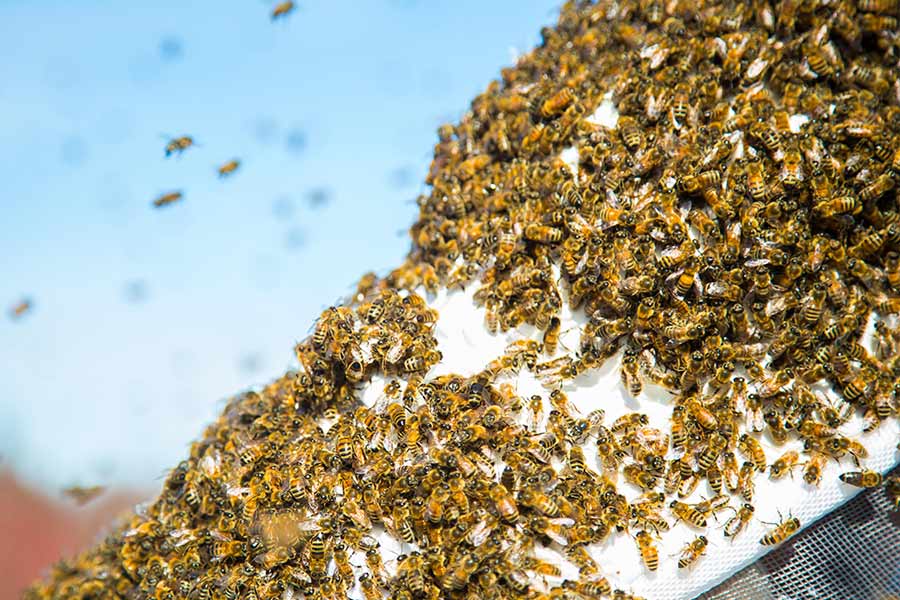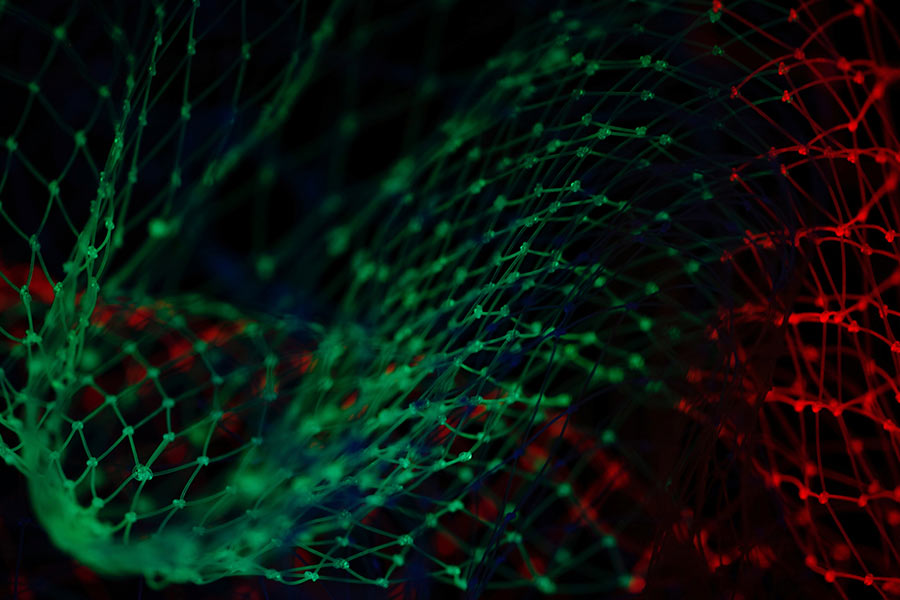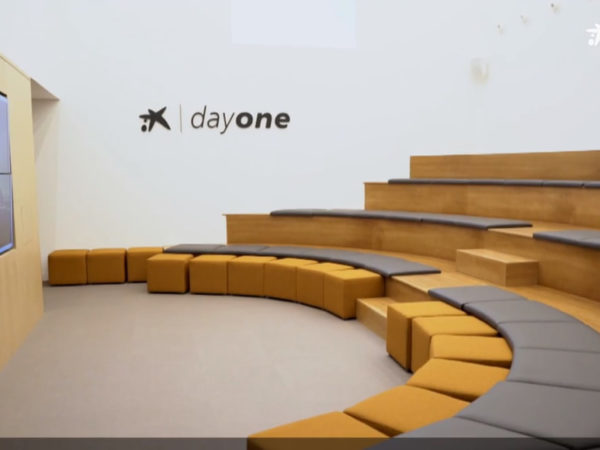The collective intelligence [artificial] generates connections between people and computers to generate a common intelligence. This capacity is not only based in our mind, as we will see below.

“Traditionally we have assumed that intelligence resides in our brains, as in individual animals. But we have found the first evidence that intelligence can also be encoded in the hidden network of communication between us.”
This quote from British scientist Iain Couzin is enlightening because thanks to the collective intelligence [artificial], ideas generate conversation. In other words, they create a common productivity nexus.
Swarm intelligence as invisible communication
In certain environments a social network is generated that goes beyond what our brain processes and is understood as intelligence. There is an information procedure generated in the invisible connections that a group maintains in its physical structure.
This is where the so-called swarm intelligence comes into play. A branch of collective intelligence that responds to a group of techniques based on the study of collective behavior in self-organized and distributed systems.
This concept, presented by Gerardo Beni and Wang Jing in 1989, encompasses a population of simple agents capable of perceiving and transforming their environment locally. Thus, they achieve communication between those individuals who detect alterations in the environment generated by the behavior of their peers.

The key to swarm intelligence
Companies always believe that central control is necessary to carry out their projects. However, to take a more tangible example, termites build their cities without the need for architects or construction managers.
How do they achieve this? With local communication.
Animals living in groups process information in their invisible connections and not only in their brains.
In these environments there is, as a general rule, no centralized structure that dictates control. In this way, local interactions between the parties give rise to the emergence of generic behavior.
Collective intelligence in animal groups
In the swarm intelligence approach, it is worth echoing a scientific study conducted on animals.
This research has shown that animals living in groups process information in their invisible connections and not only in their respective brains.
At the beginning of this article we mentioned Iain Couzin and not by chance. This researcher leads this study that reveals how animals, when acting in groups, produce an intangible social network that gives rise to interactions between them.

The method of a collective brain
For this study, whose visible image is Couzin, the experts examined juvenile fish of the species Notemigonus crysoleucas. They were tested to see how they responded to danger in the environment.
In this way and thanks to a substance that provokes a startle in them, they unanimously showed an alarming behavior.
A very remarkable feature of this study was that the physical structure of the group, i.e., its arrangement, led to increased social connectivity among the fish. In fact the response was more effective and rapid en masse, as opposed to the individual sensitivity of the species.
At CiBUC we know how to generate that hidden network of communication. A network based on eliminating conversation as we understand it. We advocate a collective brain in which ideas speak, but not people. Shall we see it?



